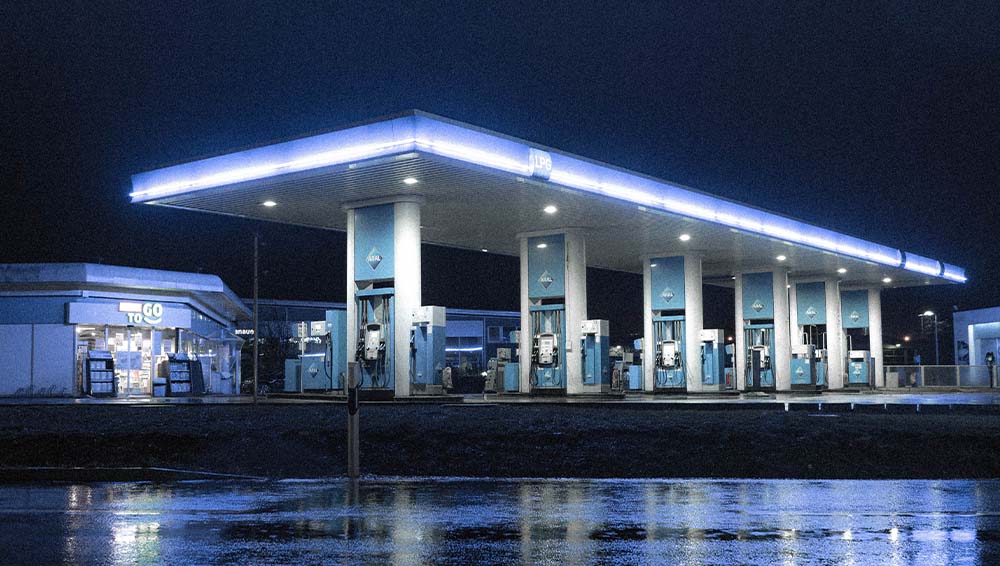Depreciation is an accounting term that shows the decreasing value of assets bought for a business. It indicates the value of your assets, including any equipment used in running the business, that has been used up and helps you expense a portion of costs every year the assets are in use.
It is also worth noting that the number of years over which you depreciate an asset is determined more by its useful life, and different assets have different life expectancies. For instance, a computer has a useful life of about five years, while that of a vehicle might be more depending on its usage.
Understanding Depreciation
While depreciation might sound like it could hurt your business, it actually has a positive impact. Writing off the value of your equipment over a period of time is highly beneficial to your company’s bottom line. Assets such as machinery and computers are expensive, and instead of realizing the cost of the equipment in one year, companies that cost spread out over several years, which allows them to generate revenue from it.
Some of the assets that can be depreciated from small businesses include:
- Vehicles
- Real estate
- Office furniture
- Equipment
- Computers
What is a Depreciation Schedule?
This is a table that shows how much will be depreciated for a particular asset. Your business should create a depreciation schedule and set its threshold amounts when beginning to depreciate a fixed asset or equipment. Depreciation reduces your company’s earnings, which is vital for tax purposes.
In a nutshell, depreciating your assets will help you to:
- Match expenses incurred as a result of using an asset during an accounting period.
- Adjust an asset’s value according to its remaining amount during asset valuation.
- Recover the total equipment cost over the useful life of the asset.
- Generate tax savings since depreciation rules allow you to deduct depreciation expense against the revenue.
Types of Depreciation
There are four main methods of calculating your depreciation, and you choose the one that best fits your business according to how much you want to write off each year.
The four main methods that you need to know include:
- Straight-line depreciation
- Double-declining depreciation
- Sum-of-the-year’s-digits (SYD)
- Units of production
It might be challenging to decipher the meaning of each method, but no need to worry; it is easier when you understand how each technique works.
Before you start calculating the depreciation, there are some useful terms you are likely to encounter.
- The total cost that you initially paid for the asset.
- The useful life of the asset. This is how long your equipment will serve its purpose to its fullest.
- The salvage value – This is the value you would get for your equipment if you decided to sell it after depreciation.
Straight Line Depreciation
This method is the most basic way of calculating depreciation.
It evenly distributes the value of your equipment over multiple years. This means that you will report equal depreciation expense each year throughout the entire useful life of the equipment until the salvage value is attained.
Calculations
You calculate the value by subtracting the salvage value of the equipment from its cost and then dividing what you get by its useful life.
This method is useful for small businesses that might not have an accountant or tax advisor.
Double-declining Depreciation
This method of equipment depreciation allows you to write off much of the value of your equipment immediately after purchasing it and lesser amounts as time goes on.
Since this is an accelerated depreciation method, to calculate it, you take the reciprocal of the useful life of the asset and double it. The resulting figure is the depreciable rate and is applied to the book value for the remainder of the asset’s value.
This accelerated depreciation option is recommended for businesses that want to recover most of their equipment’s value upfront.
Sum-of-the-Years Digit Depreciation
Another method of accelerated depreciation, sum-of-the-years digit depreciation is calculated by first combining all the digits of the expected life of the asset. For instance, if it has four years’ expectancy, you add 1+2+3+4= 10.
In the first year, 4/10=2/5 of the depreciable base will be depreciated. In the second year, 3/10 of the depreciable base will be depreciated, and so on until the final year, where 1/10 of the remaining amount is depreciated.
Units of Production
The Units of Production method is a primary method of calculating equipment depreciation rates since it involves depreciating the equipment based on how much work it does. Units of production can either refer to something the equipment creates or hours of service.
The general formula requires taking the total cost minus the salvage cost and dividing the result with the units of production. It is best for businesses wanting to write off equipment with a quantifiable output during its useful life.
For more information on understanding and calculating equipment depreciation, feel free to talk to us, and we will be more than willing to assist.






